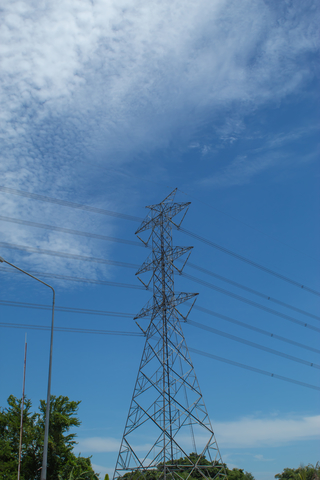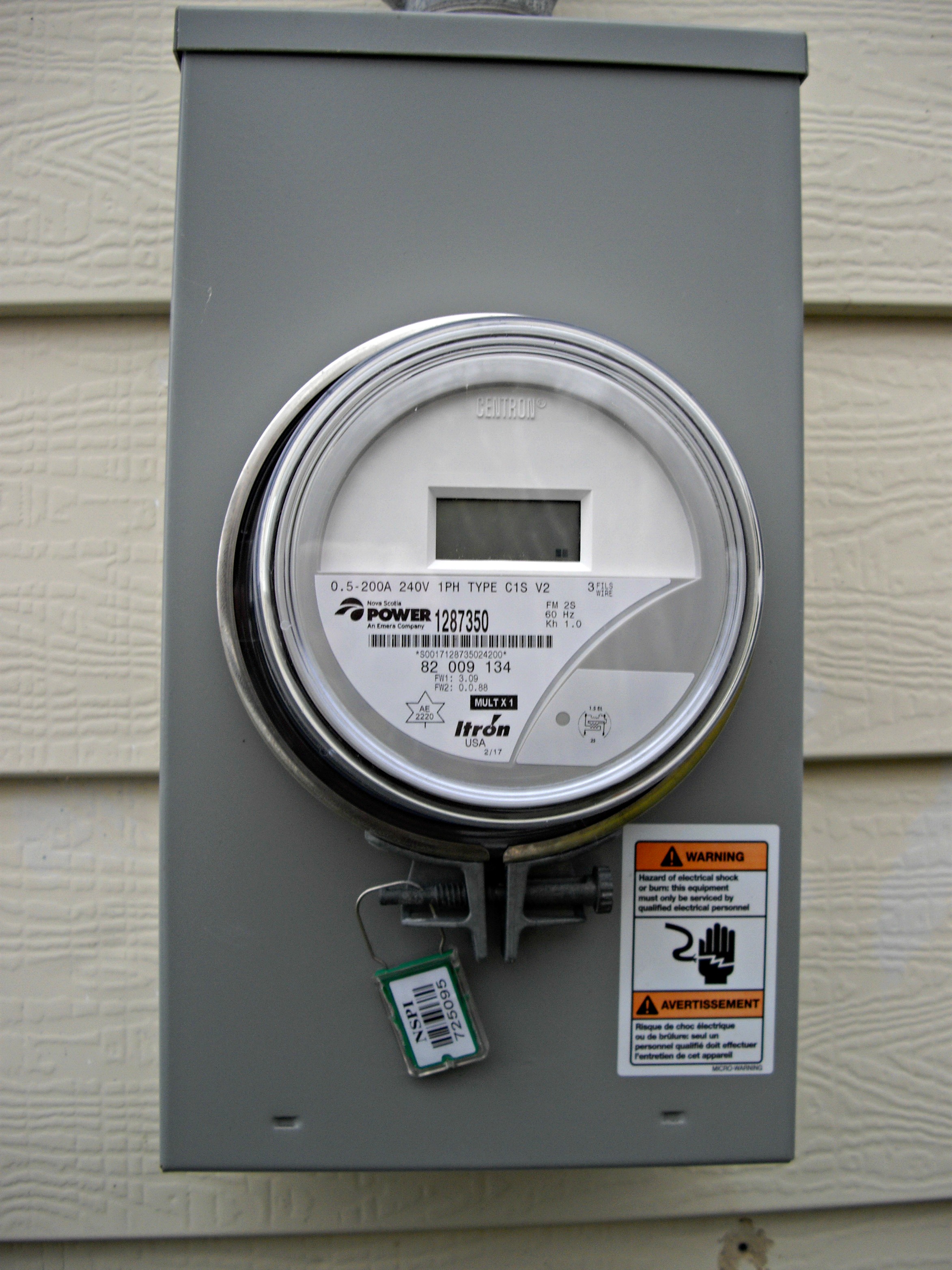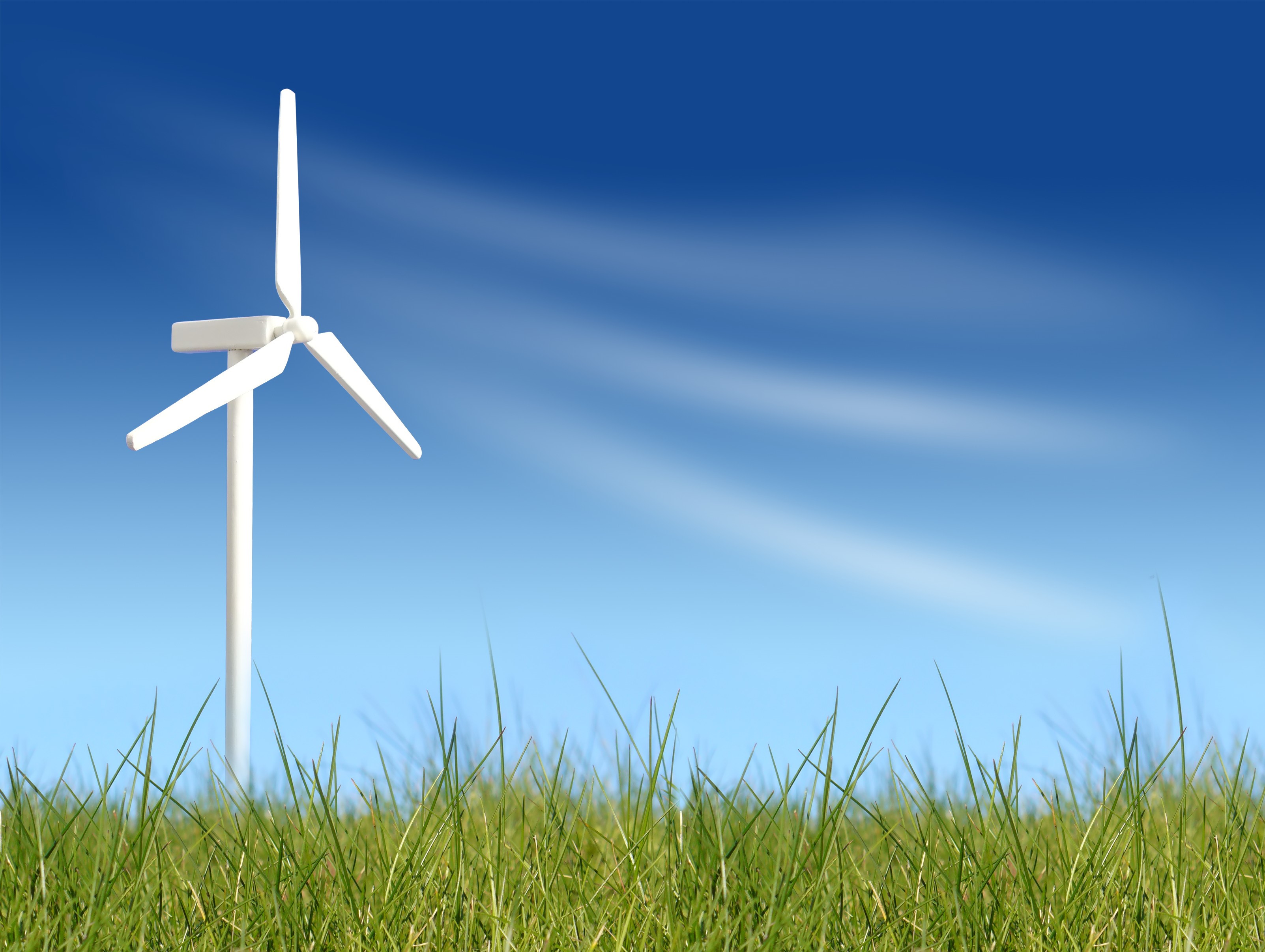The "Grid" or The "Smart-Grid" What is the Difference?
The Smart-Grid is just another name for our existing electric grid which as been in existence since the 1890's, the difference is that it has been improved upon from decade to decade with the arrival of new technologies. Today, even though the grid is very reliable and can meet peak demand, the move towards fluctuating renewables has made significant changes in our electrical systems.
The Smart-Grid will be able to work with digital computerized technologies and equipment, to handle the quickly changing electrical demand, and can also have a real impact on the environment, the economy, and reliability objectives.
Some countries have aging power systems which are in need of replacement and upgrading, The Smart-Grid is a way to address these problems. New technologies will be able to measure and control the grid's transmission system, making it more reliable, and will minimize widespread blackouts.
Electricity disruptions from blackouts can be a threat to communications, can affect our banking systems, disrupt traffic, contribute to the loss of heat for homeowners in the winter, put lives in danger in Health Institutions, and also jeopardize our security.
This grid will make our electrical power system better equipped to handle emergencies in time of severe storms, earthquakes, and even terrorist attacks. Consumers will be given information and tools needed to make choices about their energy use, all this done while increasing their awareness about the connection of electricity use, and the environment.

Smart Meters
Digital technologies such as Smart Meters compared to the old mechanical meters, can provide two-way communications between the customers and the energy providers. These meters can let you view online how much electricity you used, and the time you used it. They can let utilities know how much power is being used in service areas, about power outages, and provide updates on power being restored.
When enrolled in an energy management program, information from your utility will let you track your energy use from appliances and electronic products, and will let you see how much energy you saved. Your Smart Meters will also let you create settings for your devices, to automatically use power in off-peak hours when prices are at their lowest.
All this, means that smart appliances such as heaters, air conditioners, dishwashers, refrigerators etc., can be turned on or off from your place of business, or from anywhere you would happen to be. If you need to run your appliances right away, you will be able to do so by overriding the automatic controls made possible by your appliances consumer controls.

Plug-In Electric Vehicles
The future of the Plug-In Electric Vehicles seem very promising, with an estimated analysis suggesting that half of all new cars sold by 2040 will be electric vehicles. While these vehicles have to use electricity, they can benefit the grid by distributing sources of stored energy from their batteries, and they can help keep part of the Smart-Grid operating when there are blackouts. They can also help to integrate sources of power, such as wind and solar into the grid.
Though Plug-In Electric Vehicles use electricity to charge their batteries, to avoid emitting pollutants they can interact with the grid to charge their batteries when power demand is at its lowest, and power energy such as wind, is at its peak. Owning electric vehicles and using them as sources of stored energy for your utility, could maybe pay you incentives for your stored battery energy.
Some other sources of grid energy storage methods are, solar, pumped hydro-power, compressed air storage, thermal energy and flywheels, which all contribute in delivering power and energy to the grid making it more efficient, reliable, and resilient.
Micro-Grids
Micro-Grids are electricity distribution systems operating very much like the large-scale Smart-Grid, except on a smaller scale by delivering electricity to specific areas or communities with different supply needs, and to remote locations. These small-scale grids can operate connected to the main large-scale electrical grid, or can operate on their own.
This can accomplish, by using a mixture of different energy sources such as solar hybrid power systems, a combination of solar power from photovoltaic systems, and other generating power sources such as diesel generators, stationary batteries, fuel cells, solar, wind, or other energies.
Micro-Grids are able to store electricity and dispatch it back to the normal distribution system with the benefits being, that they can be used locally to generate power reducing the need for long distance transmission lines, and by cutting transmission costs.
Relying on a mix of clean and renewable power generation, Micro-Grids offer customers and utilities advantages such as energy efficiency, less overall energy usage, less environmental impacts, and reliable supply distribution.
Smart-Grid
As power outages are occurring more often because of severe weather such as periods of extreme hot and cold spells, hurricanes and ice storms, having a Smart-Grid to restore power quickly, reducing the duration of an outage is of the utmost importance.
With a self-healing, fully controllable flexible distribution system having intelligent sensors and communication technologies, power can be rerouted to most customers in a matter of seconds. Smart-Grids are the future for resilient, sustainable, and flexible power systems.
For more see Alternative Energies and Energy Storage


